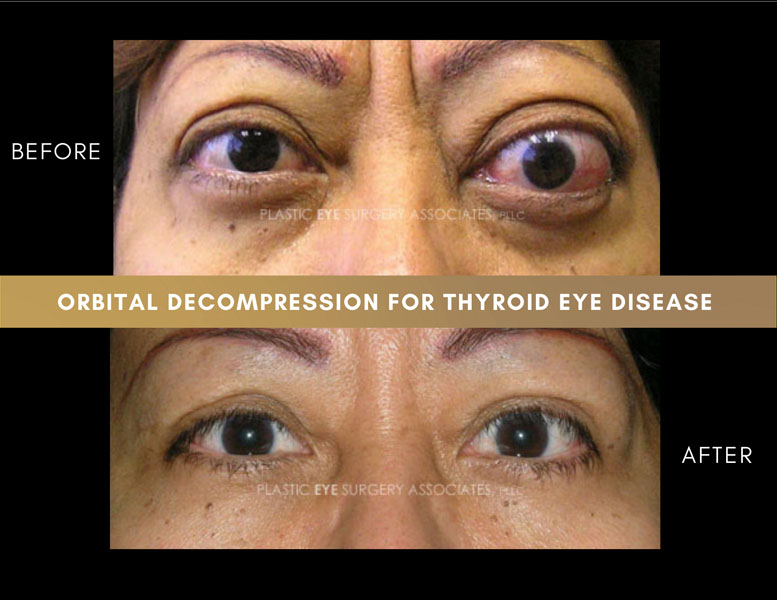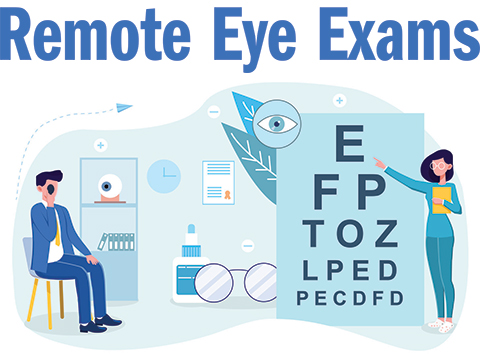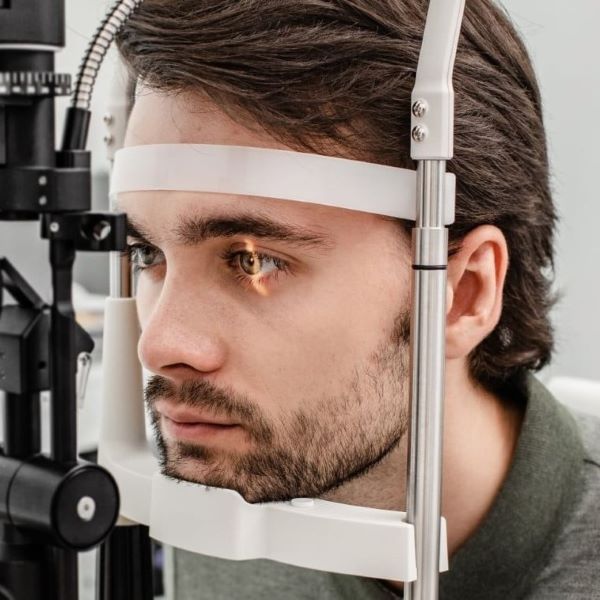If you are searching for an eye-opening and helpful guide that describes thyroid eye pictures, then you have come to the right place.
Editor’s Notes: thyroid eye pictures have been published today to help people around the world learn more about this important topic.
We made the decision to put together this thyroid eye pictures guide to help target audiences make the right decision after some analysis and digging.
Key differences or Key takeaways:
Transition to main article topics:
thyroid eye pictures
In order to deliver valuable information to our audience regarding “thyroid eye pictures,” we have summarized eight essential aspects below:
- Symptoms of Thyroid Eye Disease
- Diagnosis of Thyroid Eye Disease
- Treatment Options for Thyroid Eye Disease
- Prognosis of Thyroid Eye Disease
- Causes of Thyroid Eye Disease
- Risk Factors for Thyroid Eye Disease
- Complications of Thyroid Eye Disease
- Preventing Thyroid Eye Disease
It’s important to understand that thyroid eye pictures can vary depending on the individual. Symptoms can range from mild to severe, and treatment options will vary depending on the severity of the condition. If you are experiencing any of the symptoms of thyroid eye disease, it is important to see a doctor for diagnosis and treatment.
Symptoms of Thyroid Eye Disease
The symptoms of thyroid eye disease can vary depending on the individual. Some people may only experience mild symptoms, while others may have more severe symptoms. Common symptoms include:
- Eyelid retraction: This is a condition in which the eyelids are pulled back, making the eyes appear wider than normal.
- Proptosis: This is a condition in which the eyes are pushed forward from the sockets.
- Eyelid lag: This is a condition in which the eyelids do not open or close completely.
- Double vision: This is a condition in which a person sees two images of the same object.
These are just a few of the symptoms that can be associated with thyroid eye disease. If you are experiencing any of these symptoms, it is important to see a doctor for diagnosis and treatment.
Diagnosis of Thyroid Eye Disease
A proper diagnosis of thyroid eye disease is crucial for determining the appropriate course of treatment. The diagnosis typically involves a combination of a physical examination and blood tests. During the physical examination, the doctor will look for signs of thyroid eye disease, such as eyelid retraction, proptosis, eyelid lag, and double vision. The doctor may also order blood tests to check for thyroid hormone levels and other markers of thyroid disease. In some cases, imaging tests, such as a CT scan or MRI, may be used to rule out other potential causes of the symptoms.
Early diagnosis and treatment of thyroid eye disease is important to prevent serious complications, such as vision loss. If you are experiencing any of the symptoms of thyroid eye disease, it is important to see a doctor for diagnosis and treatment.
Key insights:
- A proper diagnosis of thyroid eye disease is crucial for determining the appropriate course of treatment.
- The diagnosis typically involves a combination of a physical examination and blood tests.
- Early diagnosis and treatment of thyroid eye disease is important to prevent serious complications, such as vision loss.
Table: Diagnosis of Thyroid Eye Disease
| Test | Purpose |
|---|---|
| Physical examination | To look for signs of thyroid eye disease, such as eyelid retraction, proptosis, eyelid lag, and double vision. |
| Blood tests | To check for thyroid hormone levels and other markers of thyroid disease. |
| Imaging tests (CT scan or MRI) | To rule out other potential causes of the symptoms. |
Treatment Options for Thyroid Eye Disease
The treatment options for thyroid eye disease depend on the severity of the condition. Mild cases may only require watchful waiting, while more severe cases may require medication, surgery, or a combination of treatments.
Medications that may be used to treat thyroid eye disease include corticosteroids, immunosuppressive drugs, and thyroid hormone replacement therapy. Corticosteroids can help to reduce inflammation, while immunosuppressive drugs can help to suppress the immune system. Thyroid hormone replacement therapy may be used to treat underlying thyroid disease that is contributing to the eye problems.
Surgery may be necessary to correct severe cases of thyroid eye disease. Surgery can be used to reposition the eyelids, remove excess tissue, or repair damaged muscles.
It is important to note that there is no cure for thyroid eye disease. However, treatment can help to improve symptoms and prevent serious complications.
Key insights:
- The treatment options for thyroid eye disease depend on the severity of the condition.
- Medications, surgery, or a combination of treatments may be used to treat thyroid eye disease.
- There is no cure for thyroid eye disease, but treatment can help to improve symptoms and prevent serious complications.
Table: Treatment Options for Thyroid Eye Disease
| Treatment | Description |
|---|---|
| Medications | Corticosteroids, immunosuppressive drugs, and thyroid hormone replacement therapy may be used to treat thyroid eye disease. |
| Surgery | Surgery may be necessary to correct severe cases of thyroid eye disease. |
Prognosis of Thyroid Eye Disease
The prognosis of thyroid eye disease varies depending on the severity of the condition. Mild cases may resolve on their own within a few months, while more severe cases may require long-term treatment and can lead to permanent vision problems.
- Ocular Symptoms: The most common ocular symptoms of thyroid eye disease are eyelid retraction, proptosis, and double vision. These symptoms can range from mild to severe, and can have a significant impact on a person’s quality of life.
- Vision Loss: In severe cases, thyroid eye disease can lead to vision loss. This is most likely to occur in people who have not received treatment for their condition.
- Other Complications: Thyroid eye disease can also lead to other complications, such as dry eye, corneal ulcers, and optic nerve damage. These complications can further impair vision and quality of life.
Early diagnosis and treatment of thyroid eye disease is important to prevent serious complications. Treatment can help to improve symptoms and prevent vision loss. However, it is important to note that there is no cure for thyroid eye disease, and some people may experience permanent vision problems.
Causes of Thyroid Eye Disease
Thyroid eye disease is an autoimmune condition that affects the muscles and tissues around the eyes. It is caused by the body’s immune system attacking the thyroid gland, which is located in the neck. The thyroid gland produces hormones that regulate metabolism. When the immune system attacks the thyroid gland, it can also damage the muscles and tissues around the eyes, leading to thyroid eye disease.
- Graves’ disease: This is the most common cause of thyroid eye disease. Graves’ disease is an autoimmune disorder that causes the thyroid gland to produce too much thyroid hormone.
- Hashimoto’s thyroiditis: This is another autoimmune disorder that can cause thyroid eye disease. Hashimoto’s thyroiditis causes the thyroid gland to become inflamed and damaged.
- Other autoimmune disorders: Thyroid eye disease can also be caused by other autoimmune disorders, such as lupus and rheumatoid arthritis.
- Medications: Some medications, such as interferon and interleukin-2, can also cause thyroid eye disease.
Thyroid eye disease is a serious condition that can lead to vision problems and other complications. If you are experiencing any of the symptoms of thyroid eye disease, it is important to see a doctor for diagnosis and treatment.
Risk Factors for Thyroid Eye Disease
There are a number of risk factors that can increase your chances of developing thyroid eye disease. These include:
- Being female: Women are more likely to develop thyroid eye disease than men.
- Having a family history of thyroid eye disease: If you have a family history of thyroid eye disease, you are more likely to develop the condition yourself.
- Having Graves’ disease: Graves’ disease is an autoimmune disorder that is the most common cause of thyroid eye disease.
- Smoking: Smoking is a major risk factor for thyroid eye disease.
- Being exposed to certain medications: Some medications, such as interferon and interleukin-2, can increase your risk of developing thyroid eye disease.
It is important to note that not everyone who has these risk factors will develop thyroid eye disease. However, if you have any of these risk factors, it is important to be aware of the symptoms of thyroid eye disease and to see a doctor if you experience any of them.
Key insights:
- There are a number of risk factors that can increase your chances of developing thyroid eye disease.
- These risk factors include being female, having a family history of thyroid eye disease, having Graves’ disease, smoking, and being exposed to certain medications.
- It is important to be aware of the symptoms of thyroid eye disease and to see a doctor if you experience any of them.
Table: Risk Factors for Thyroid Eye Disease
| Risk Factor | Description |
|---|---|
| Female gender | Women are more likely to develop thyroid eye disease than men. |
| Family history of thyroid eye disease | If you have a family history of thyroid eye disease, you are more likely to develop the condition yourself. |
| Graves’ disease | Graves’ disease is an autoimmune disorder that is the most common cause of thyroid eye disease. |
| Smoking | Smoking is a major risk factor for thyroid eye disease. |
| Exposure to certain medications | Some medications, such as interferon and interleukin-2, can increase your risk of developing thyroid eye disease. |
Complications of Thyroid Eye Disease
Thyroid eye disease can lead to a number of serious complications, including:
- Vision loss: Thyroid eye disease can cause the eyes to become misaligned, which can lead to double vision and, eventually, vision loss.
- Eye pain and inflammation: Thyroid eye disease can cause the eyes to become red, swollen, and painful.
- Corneal ulcers: Thyroid eye disease can damage the cornea, the clear outer layer of the eye. This can lead to corneal ulcers, which are painful and can cause vision problems.
- Optic nerve damage: Thyroid eye disease can damage the optic nerve, which is responsible for sending visual information from the eye to the brain. This can lead to vision loss.
It is important to note that not everyone with thyroid eye disease will develop these complications. However, it is important to be aware of the risks and to see a doctor if you experience any of the symptoms of thyroid eye disease.
Key insights:
- Thyroid eye disease can lead to a number of serious complications, including vision loss, eye pain and inflammation, corneal ulcers, and optic nerve damage.
- It is important to be aware of the risks of thyroid eye disease and to see a doctor if you experience any of the symptoms.
- Early diagnosis and treatment of thyroid eye disease can help to prevent serious complications.
Table: Complications of Thyroid Eye Disease
| Complication | Description |
|---|---|
| Vision loss | Thyroid eye disease can cause the eyes to become misaligned, which can lead to double vision and, eventually, vision loss. |
| Eye pain and inflammation | Thyroid eye disease can cause the eyes to become red, swollen, and painful. |
| Corneal ulcers | Thyroid eye disease can damage the cornea, the clear outer layer of the eye. This can lead to corneal ulcers, which are painful and can cause vision problems. |
| Optic nerve damage | Thyroid eye disease can damage the optic nerve, which is responsible for sending visual information from the eye to the brain. This can lead to vision loss. |
Preventing Thyroid Eye Disease
Preventing thyroid eye disease is an important part of managing the condition. There are a number of things that you can do to help prevent thyroid eye disease, including:
- Control your thyroid levels: If you have thyroid disease, it is important to keep your thyroid levels under control. This can help to prevent thyroid eye disease from developing or worsening.
- Avoid smoking: Smoking is a major risk factor for thyroid eye disease. If you smoke, quitting is one of the best things you can do to prevent thyroid eye disease.
- Protect your eyes from the sun: UV rays from the sun can damage the eyes and increase your risk of developing thyroid eye disease. Wear sunglasses that block UV rays when you are outdoors.
There is no sure way to prevent thyroid eye disease, but following these tips can help to reduce your risk.
FAQs on Thyroid Eye Pictures
This section provides answers to frequently asked questions about thyroid eye pictures.
Question 1: What are thyroid eye pictures?
Answer: Thyroid eye pictures are images of the eyes that can show signs of thyroid eye disease. These signs can include eyelid retraction, proptosis (bulging eyes), and double vision. Thyroid eye pictures can be used to help diagnose and monitor thyroid eye disease.
Question 2: What causes thyroid eye disease?
Answer: Thyroid eye disease is an autoimmune condition that occurs when the body’s immune system attacks the thyroid gland. This can lead to inflammation and swelling of the tissues around the eyes.
Question 3: What are the symptoms of thyroid eye disease?
Answer: The symptoms of thyroid eye disease can vary from person to person. Some common symptoms include eyelid retraction, proptosis (bulging eyes), double vision, dry eyes, and sensitivity to light.
Question 4: How is thyroid eye disease diagnosed?
Answer: Thyroid eye disease is diagnosed based on a physical examination and a review of the patient’s medical history. The doctor may also order blood tests to check for thyroid hormone levels and other markers of thyroid disease.
Question 5: How is thyroid eye disease treated?
Answer: Treatment for thyroid eye disease depends on the severity of the condition. Mild cases may only require monitoring, while more severe cases may require medication, surgery, or radiation therapy.
Question 6: What is the prognosis for thyroid eye disease?
Answer: The prognosis for thyroid eye disease varies depending on the severity of the condition. With early diagnosis and treatment, most people with thyroid eye disease can achieve good outcomes. However, some people may experience permanent vision problems.
This concludes the list of frequently asked questions on thyroid eye pictures.
For more information, please consult with a healthcare professional.
Tips on Thyroid Eye Pictures
Thyroid eye pictures can be a valuable tool for diagnosing and monitoring thyroid eye disease. Here are a few tips for taking and using thyroid eye pictures:
Tip 1: Use a high-quality camera. The better the quality of the camera, the better the quality of the pictures will be. This will allow you to see the details of the eyes more clearly.
Tip 2: Take pictures in a well-lit area. This will help to ensure that the pictures are clear and free of shadows.
Tip 3: Take pictures from different angles. This will help to give you a better view of the eyes and the surrounding area.
Tip 4: Take pictures with and without flash. This will help to show the different features of the eyes.
Tip 5: Label the pictures. This will help you to keep track of which pictures were taken when and from which angle.
Tip 6: Share the pictures with your doctor. Your doctor can use the pictures to help diagnose and monitor your thyroid eye disease.
Summary: By following these tips, you can take high-quality thyroid eye pictures that will be helpful for your doctor to use in diagnosing and monitoring your thyroid eye disease.
Transition: For more information on thyroid eye pictures, please speak with your doctor.
Conclusion
Thyroid eye pictures are a valuable tool for diagnosing and monitoring thyroid eye disease. By taking high-quality pictures of the eyes and sharing them with your doctor, you can help them to get a better understanding of your condition and to develop the best possible treatment plan.
If you have thyroid eye disease, it is important to see your doctor regularly for checkups and to have your thyroid eye pictures taken. This will help to ensure that your condition is being properly managed and that you are getting the best possible care.
Youtube Video:



